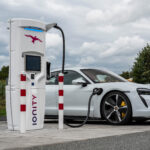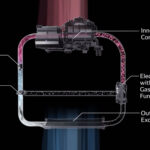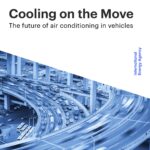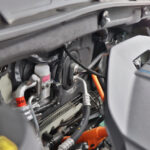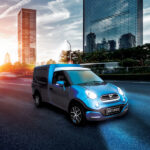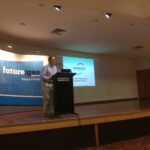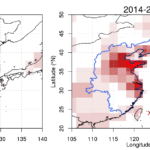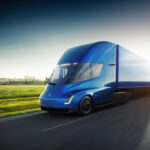
We may never see an EV battery pack capable of providing a million-mile (1.6 million km) range, but one capable of enough discharge and recharge cycles to carry a vehicle this huge distance could become available as soon as next year, according to Tesla. The main benefit of this battery technology could be to help … Continue reading Mooted million-mile battery pack could be electric truck game-changer

